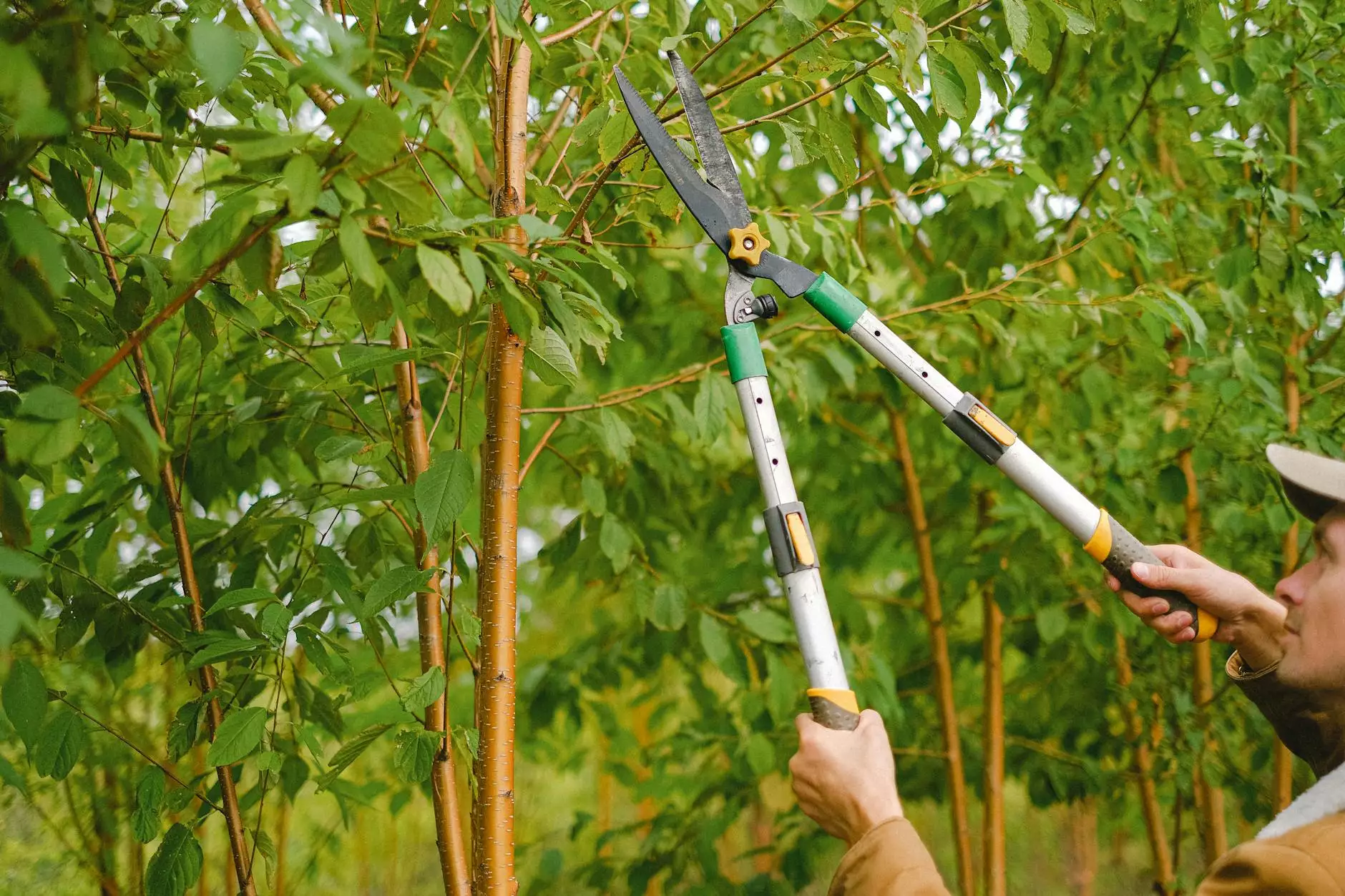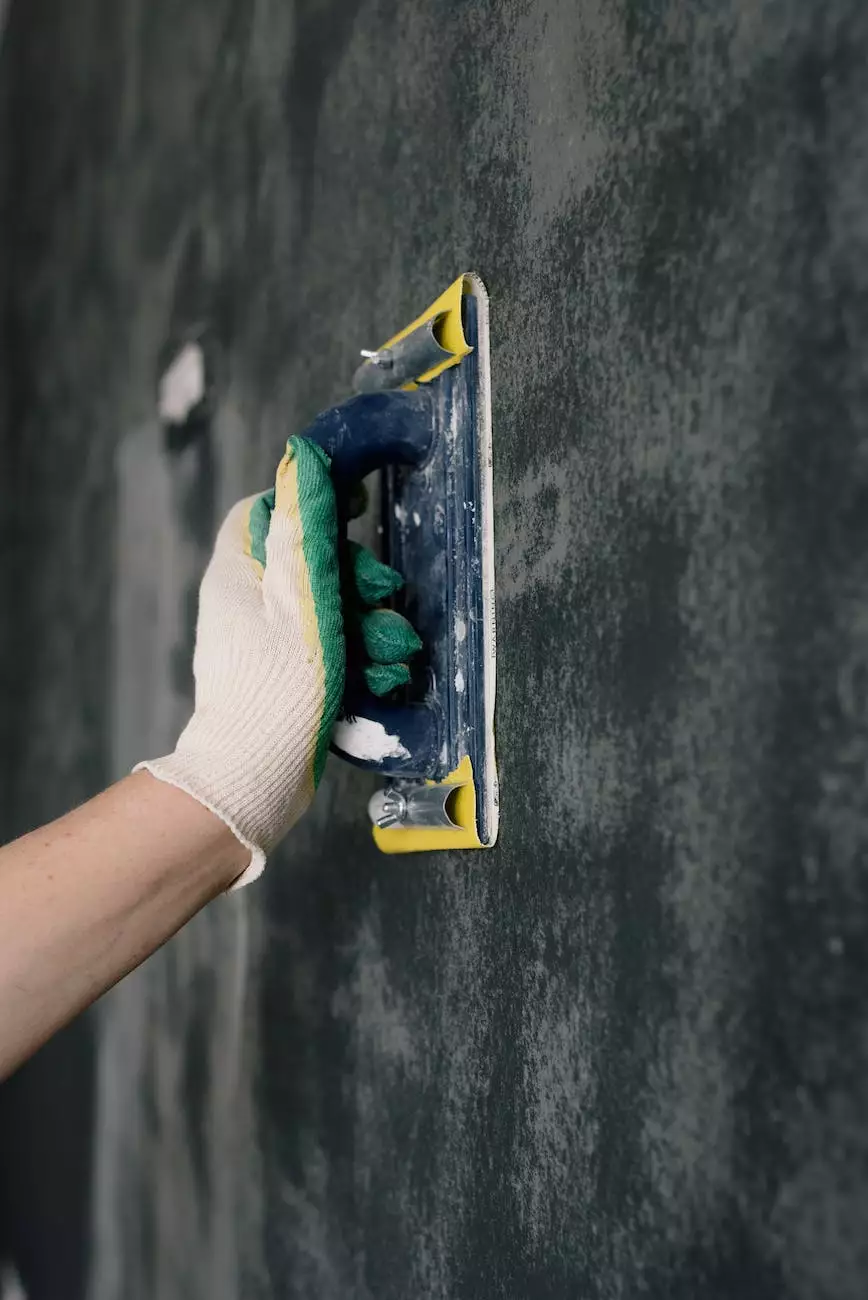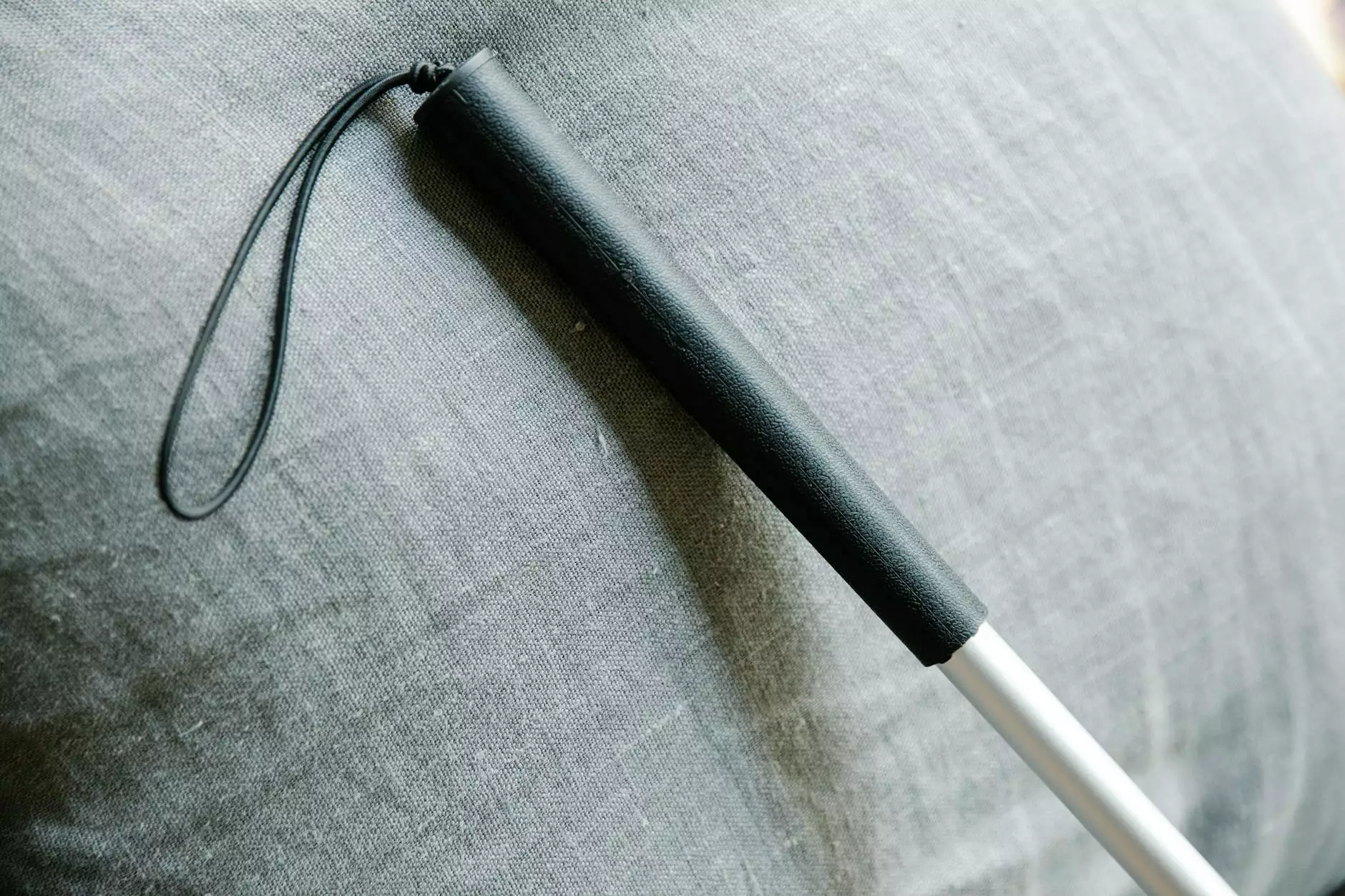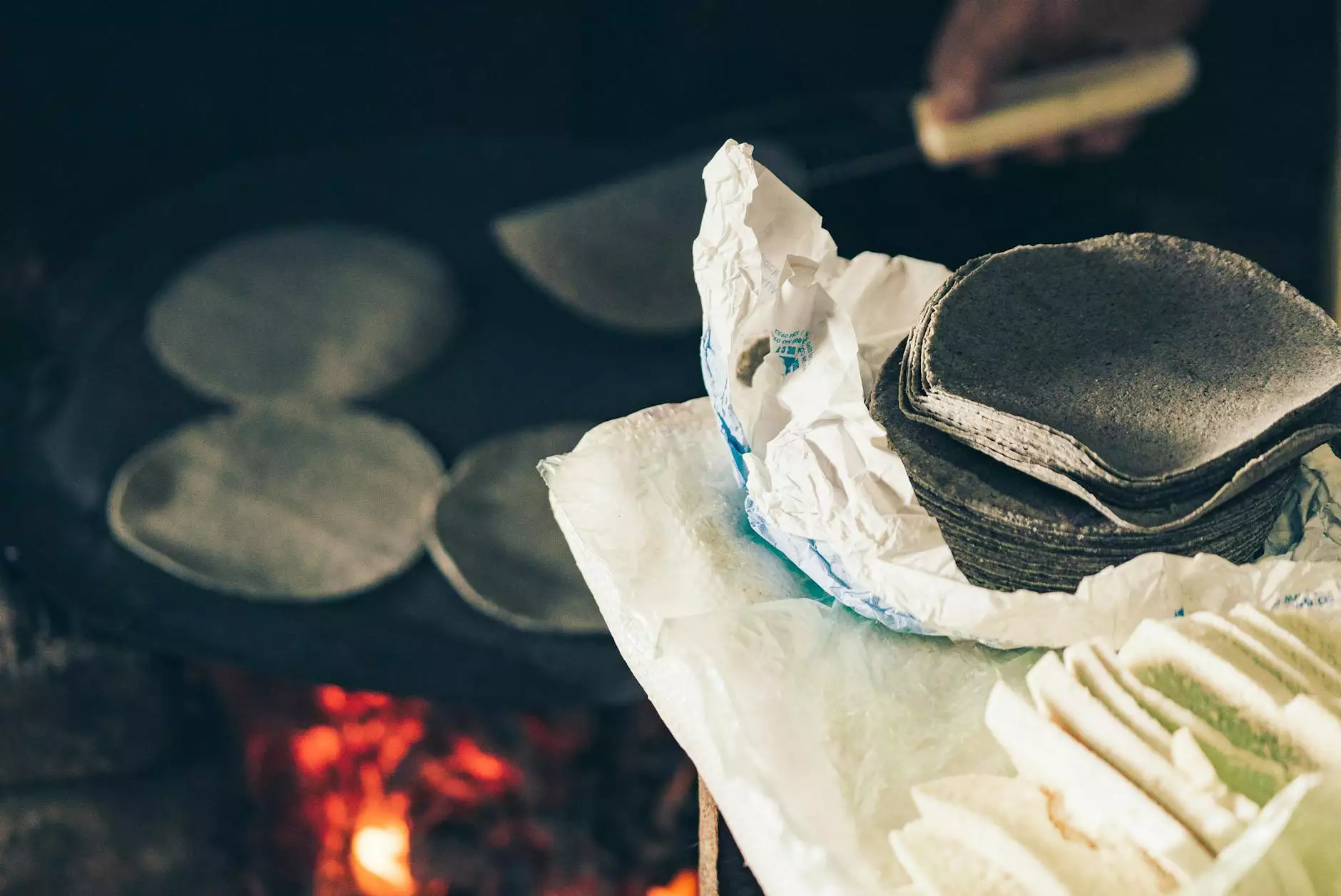How to Repair Your Snow Blower

Introduction
Welcome to Screens Unlimited, your go-to resource for all your lawn and garden needs. In this guide, we will walk you through the process of repairing your snow blower. Snow blowers are essential tools for clearing snow during the winter months, and it's important to ensure they are in good working condition. By following the tips and instructions mentioned below, you'll be able to restore your snow blower's functionality and keep your property free from snow and ice.
Understanding Your Snow Blower
Before diving into the repair process, it's crucial to have a basic understanding of how a snow blower works. A snow blower consists of various components, including an engine, auger, chute, impeller, and drive system. Each component plays a specific role in effectively removing snow from driveways and sidewalks. Familiarize yourself with the different parts and their functions to ensure you can troubleshoot any issues accurately.
Common Snow Blower Problems
Several common problems can occur with snow blowers, affecting their performance. Here are some of the most typical issues you may encounter:
1. Engine Won't Start
One of the most frustrating issues is when your snow blower fails to start. This can be due to various reasons, such as a clogged fuel line, dirty spark plug, or issues with the ignition system. We recommend checking these components and cleaning or replacing them as necessary. Additionally, make sure you are using fresh fuel and following the manufacturer's instructions for starting the engine.
2. Poor Snow Throwing
If your snow blower is not throwing snow as far as it used to or if the snow isn't being discharged properly, there may be a problem with the auger, impeller, or chute. Inspect these components for any clogs, damage, or misalignment. Remove any obstructions and ensure that the auger and impeller blades are in good condition. Adjust the chute controls as needed to redirect the snow accurately.
3. Drive Problems
Snow blowers with self-propelled drive systems can sometimes experience issues with the drive wheels. If you notice that your snow blower is not moving forward or backward properly, inspect the drive belt, drive gear, and friction disc. These components may require lubrication or replacement, depending on their condition. Follow the manufacturer's instructions for adjusting the drive system to ensure optimal performance.
Step-by-Step Snow Blower Repair Guide
Now that you're familiar with common snow blower problems, let's dive into the step-by-step repair process:
Step 1: Safety First
Before starting any repairs, ensure your snow blower is turned off and the spark plug wire is disconnected. This step is essential to prevent accidental starts and injuries while working on the machine.
Step 2: Inspection and Cleaning
Thoroughly inspect your snow blower for any signs of damage, such as worn belts, loose connections, or bent components. Clean any dirt, debris, or snow buildup from the machine, especially around the auger and chute. Ensure the air filter is clean and unclogged, and check the oil level as well.
Step 3: Spark Plug Maintenance
Remove the spark plug and inspect its condition. If fouled or damaged, replace it with a new one according to the manufacturer's recommendations. Cleaning the spark plug electrode with a wire brush can help restore optimal performance. Remember to set the correct spark plug gap before reinstalling it.
Step 4: Fuel System Inspection
Inspect the fuel lines, fuel filter, and carburetor for any clogs or damage. Clean or replace these components as necessary. If your snow blower has a fuel shut-off valve, ensure it is working correctly. Using clean, fresh fuel is vital for the proper functioning of the engine.
Step 5: Belt and Auger Inspection
Check the condition and tension of the drive belt and auger belt. Replace any worn or damaged belts to ensure smooth snow blower operation. Adjust the belt tension according to the manufacturer's specifications. Inspect the auger blades for any signs of wear or damage, and replace them if needed.
Step 6: Lubrication and Greasing
Proper lubrication is crucial for the longevity and performance of your snow blower. Lubricate all moving parts, such as the auger shaft, impeller shaft, and chute rotation mechanism. Grease any fittings or pivot points as recommended by the manufacturer to prevent rust and ensure smooth operation.
Troubleshooting Tips
If you encounter any issues during the repair process, consider the following troubleshooting tips:
- Problem: Unresponsive Electric Starter.
- Problem: Excessive Vibration or Noise.
- Problem: Engine Stalls Under Load.
- Problem: Excessive Smoke from Exhaust.
Solution: Ensure the snow blower is plugged into a working power source. Check the power cord and connections for any damage.
Solution: Inspect the auger and impeller for any obstructions, loose fasteners, or damaged components. Tighten or replace parts as necessary.
Solution: Adjust the carburetor or throttle settings. Ensure the air intake and exhaust are clear of debris. Clean or replace the fuel filter.
Solution: Check the oil level and quality. If it is overfilled or dirty, drain and refill with the recommended oil. Inspect the engine for any leaks.
Conclusion
Congratulations! You have successfully learned how to repair your snow blower and troubleshoot common issues. Regular maintenance and timely repairs will keep your snow blower running efficiently and ensure you're prepared for the winter season. Remember to always consult the manufacturer's manual for specific instructions and safety guidelines. If you require professional assistance or if the repairs seem too complex, don't hesitate to contact Screens Unlimited for expert help. Stay safe and enjoy the hassle-free snow clearing experience with a properly functioning snow blower!










